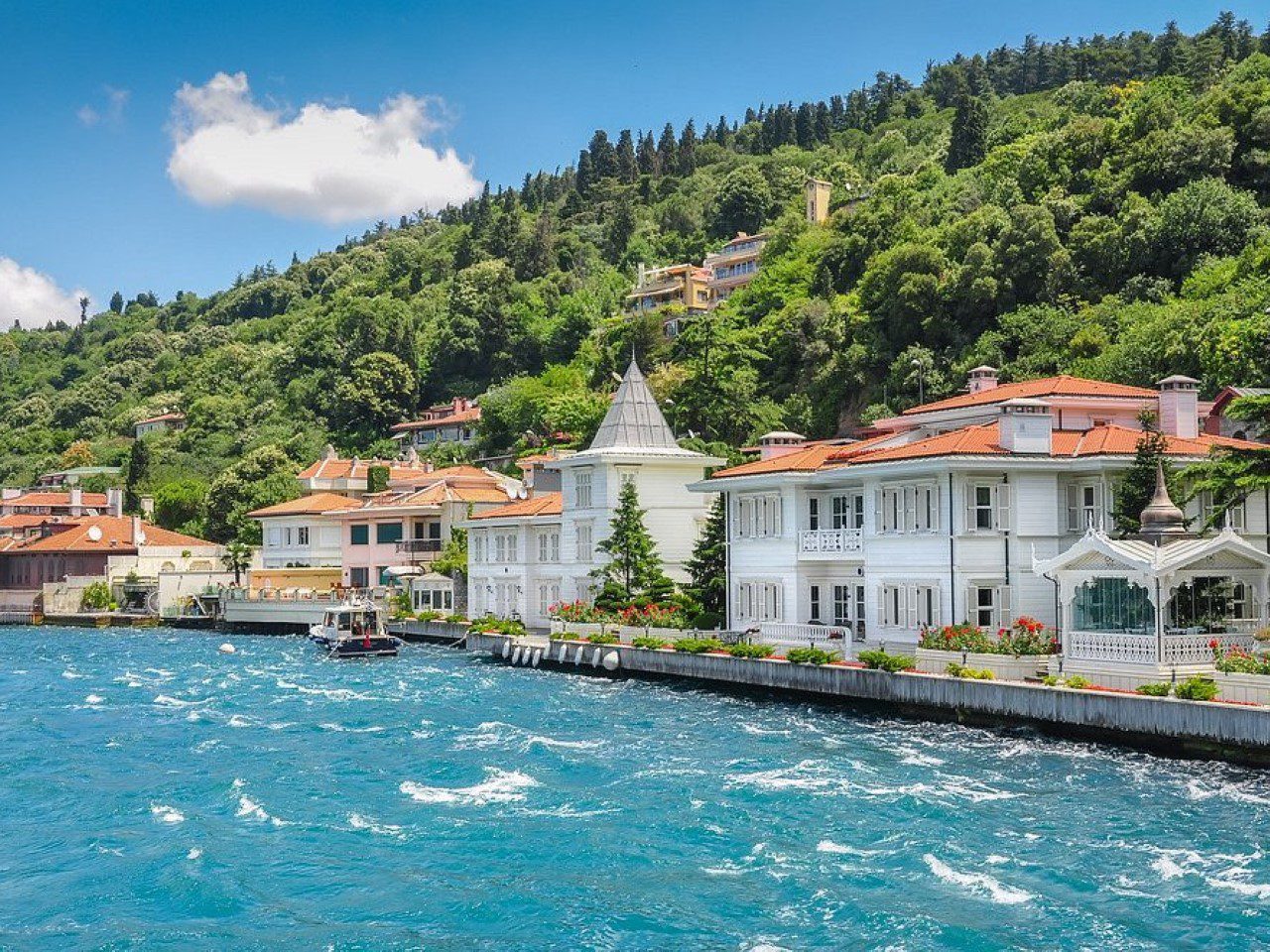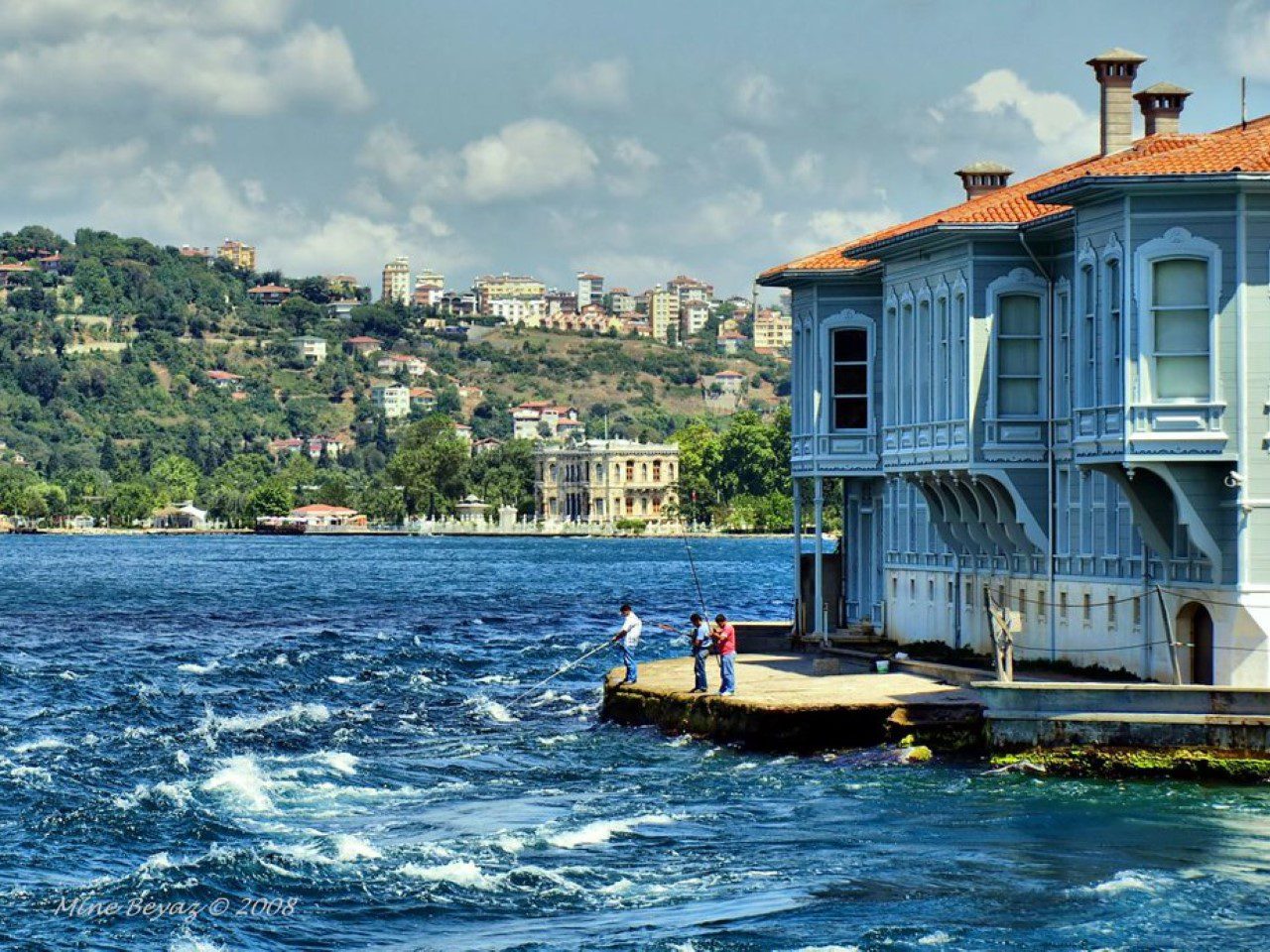Stretching between Europe and Asia, the Bosphorus Strait is a testament to Istanbul, Turkey’s rich history, cultural diversity, and strategic significance. As one of the world’s most renowned waterways, the Bosphorus connects the Black Sea to the Sea of Marmara, linking East and West and serving as a bustling hub for trade, transportation, and cultural exchange. This article explores the allure and significance of the Bosphorus, delving into its historical legacy, its role as a vital trade route, and its remarkable beauty that captivates locals and visitors alike.
A Historical Tapestry:
The Bosphorus has witnessed the rise and fall of mighty empires, serving as a natural boundary and gateway between different civilizations. From the ancient Greeks to the Romans, Byzantines, and Ottomans, each civilization recognized the strategic importance of controlling the Bosphorus. It has been the backdrop for historical events, including the legendary Battle of Salamis and the conquest of Constantinople by the Ottomans in 1453, transforming it into Istanbul.


Trade and Commerce:
Beyond its historical significance, the Bosphorus remains a bustling thoroughfare for international trade and commerce. Thousands of vessels traverse its waters yearly, carrying goods between Europe, Asia, and beyond. The strait provides a vital link for the transportation of oil, natural gas, and other commodities, making it an essential part of global trade networks. The Bosphorus Bridge and the recently constructed Yavuz Sultan Selim Bridge further facilitate the movement of goods and people, enhancing connectivity and economic growth.
A Marvel of Engineering and Architecture:
The Bosphorus is a functional waterway and a visual feast for the eyes. The strait is flanked by various architectural marvels that dot its shores. Prominent landmarks include the grand Dolmabahçe Palace, the imposing Rumeli Fortress, and the magnificent Küçüksu Palace, each reflecting different periods of Istanbul’s history. These historical gems are juxtaposed with modern skyscrapers, waterfront mansions, and vibrant neighborhoods, creating a unique blend of old and new.


A Gateway to Natural Beauty:
Aside from its cultural and historical significance, the Bosphorus is renowned for its natural beauty. Lined with picturesque hills and lush greenery, it offers breathtaking views that enchant locals and tourists. Taking a leisurely cruise along the strait is a popular activity, allowing one to admire the scenic panorama of Istanbul’s skyline, the serene waters, and the majestic bridges spanning the strait. The Bosphorus also serves as a vital ecosystem, supporting diverse marine life.
Conclusion:
The Bosphorus is a remarkable testament to Istanbul’s rich heritage, bridging continents, cultures, and epochs. Its historical legacy, strategic importance, and captivating beauty make it a cherished city identity symbol. As the Bosphorus continues to play a crucial role in international trade, transportation, and tourism, it remains a vibrant and dynamic waterway that brings people together from all corners of the globe. Whether you experience it through its history, commerce, or breathtaking views, the Bosphorus is an enduring symbol of Istanbul’s grandeur and timeless connection to the world.


What Is Bosphorus FAQs:
How long is the Bosphorus Strait?
The Bosphorus Strait is approximately 31 kilometers (19 miles) in length.
What does the word "Bosphorus" mean?
The word "Bosphorus" is derived from the Greek phrase "Bosporos," which means "ox passage" or "cattle crossing." It refers to the ancient practice of using the strait for livestock transportation.
Is the Bosphorus a natural or man-made waterway?
The Bosphorus is a natural strait formed by tectonic movements and the erosion of the surrounding land over millions of years.
Can ships of all sizes navigate the Bosphorus?
The Bosphorus is navigable for various vessels, including commercial ships, naval vessels, and passenger ferries. However, there are certain size restrictions and regulations to ensure safe passage.
Are there bridges across the Bosphorus?
Two iconic bridges span the Bosphorus: the Bosphorus Bridge (officially called the 15 July Martyrs Bridge) and the Yavuz Sultan Selim Bridge. These bridges provide vital transportation links between the European and Asian sides of Istanbul.


0 Comment